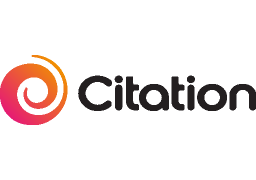Impacts of Exercise on Academic Performance
- 1. Impact on Brain
- Increased neurotransmitter activity improves alertness, concentration and motivation
- Exercise elevates levels of BDNF, which stimulates neuron growth, and encourage synapses to swell and make stronger connections
- BDNF causes brain cells to grow, connect and communicate
- Exercise produces new capillaries to increase cerebral blood flow
- Exercise increases size of myelin sheaths
- Activity increases stem cell activity in the hippocampus, which improves memory
- Exercise increases density of neural network
- Cellular impact of exercise on the brain is greater in children than adults
- 2. Impact of Improved Fitness
- Exercise increases blood flow to the brain, both post exercise and at rest
- Higher fitness levels correlate with higher scores on standardized tests
- Increased fitness improves academic test performance by 20%
- Active children are 20% more likely to achieve A grades in Maths and English
- Increased fitness reduces disciplinary problems by 60%
- Fitness increases volume of hippocampus and basal ganglia, which are structures associated with learning
- Children who exercise regularly are likely to do the same as adults
- 3. Impact on Stress and Anxiety
- Exercise impacts on HPA axis to control production of cortisol
- (Cortisol severs synaptic connections, causes dendrite atrophy and kills neurons, leading to hippocampus shrinkage by up to 15%)
- Increase in serotonin and dopamine improve mood, impulse control, and self esteem
- Increased neurotransmitter activity tempers impact of ADHD
- Improved Emotional Intelligence and impulse control
4. Impact on Learning
Improvements in:
- Information processing, storage and retrieval
- Attention levels
- Concentration
- Creativity
- Memory
- Confidence and self esteem
- Emotional and behavioural wellbeing
- Sense of belonging and significance
- Perception of Mastery
- Relationships and Social Connectedness
- 5. Time Allocated to Physical Activity
- Decreasing academic time and replacing it with physical activity has positive or neutral effect on academic performance
- 225 minutes/week of exercise is recommended to achieve maximum impact
- 60 minutes/day of moderate to vigorous physical activity
- Greatest impact is from aerobic activity
Please see the diagram attached.
Impact of Physical Activity Programme on Children’s Neural Activity
The graphic illustrates the difference in neural activity (red shows high brain activity) after nine months of participating in an afterschool physical activity programme, called FITKids

















